Dog Scooting is a behavior in which a dog drags its bottom on the ground. This is often an indication that the dog is in pain or itching in the anal area. Scooting in dogs is a normal but odd activity that frequently concerns and puzzles pet owners. When a dog drags its bottom on the ground, it can be both alarming and embarrassing in public. While it may appear amusing at first, dog scooting is typically a symptom that something is wrong with your pet’s health. Understanding the reasons for this behavior is critical for safeguarding your pet’s health and swiftly addressing any underlying issues.
Understanding Dog Scooting
A dog’s scooting can be caused by a variety of circumstances, ranging from mild irritations to significant health issues. In this blog post, we’ll look at the most prevalent reasons dogs exhibit this behavior, such as anal gland problems, skin irritations, nutritional concerns, and even parasite diseases. We’ll also talk about more serious problems like perianal fistula and the less prevalent territorial marking. Recognizing these indications and symptoms allows you to take the appropriate actions to provide your dog with respite and adequate care, maintaining their happiness and health.
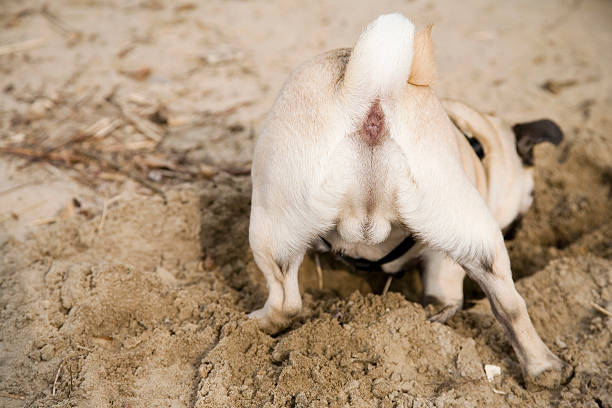
1. Anal Gland Problems
On either side of the anus, dogs have two small anal glands. Severe discomfort may ensue from an impacted, irritated, or abscessed gland. These glands produce irritation and itching when they are enlarged, which causes scooting.
Signs: Your dog may also frequently bite or lick their behind. Along with swelling or redness around the anus area, you could detect an unpleasant stench close to their rear end.
Solution: The anal glands can be manually expressed by a veterinarian. It may be advised to use antibiotics in cases of infection.
2. Intestinal Parasites:
The anus can get irritated by hookworms, roundworms, and tapeworms. For example, segments of tapeworms may leave the anus and cause inflammation.
Signs
In addition to scooting, your dog may have visible worms or segments in his feces or around his anus. Additionally, your dog may lose weight, vomit, or have diarrhea.
Routine deworming treatments administered by a veterinarian can help to prevent and treat parasite infections. It’s also important to maintain your dog’s living environment clean and sanitary.
3. Allergies and Skin Rashes
Skin inflammation around the anus may be caused by food allergies, environmental causes, or grooming products. Furthermore, inflammation and suffering can be caused by contact with irritants such as chemicals, grass, or pollen.
Signs may include itching or inflammation in other areas of the skin. Rashes, redness, or swelling may appear at the anus or elsewhere on the body.
Solution: It’s imperative to recognize and stay away from the allergen. Your veterinarian could recommend antihistamines, certain shampoos, or dietary changes to reduce problems.

4. Constipation or unpleasant stomach
Your dog may scoot to ease the pain around his or her anus as a result of diarrhea or frequent loose stools.
Your dog might scoot in addition to having frequent bowel movements, loose or watery stools, and cramping or pain in their stomach.
Solution: Give your dog a food that is well-balanced and avoid making sudden dietary adjustments. If diarrhea doesn’t go away, speak with your veterinarian about the best course of action, which may involve probiotics, medications, or dietary adjustments.
5. Perianal Fistula
This is a very painful and serious disorder when the area around the anus develops ulcers or draining tracts. It is more prevalent in some breeds, such as German Shepherds.
Symptoms include scooting, excessive licking, and sores or draining tracts that are apparent around the anus. Additionally, your dog may exhibit pain, particularly when urinating.
Solution: To lessen infection and inflammation, treatment usually consists of a mix of drugs. Surgical intervention may be required in extreme situations.
Knowing these typical causes of dog scooting will enable you to find the source of the problem and seek the right care, protecting the comfort and wellbeing of your canine companion.
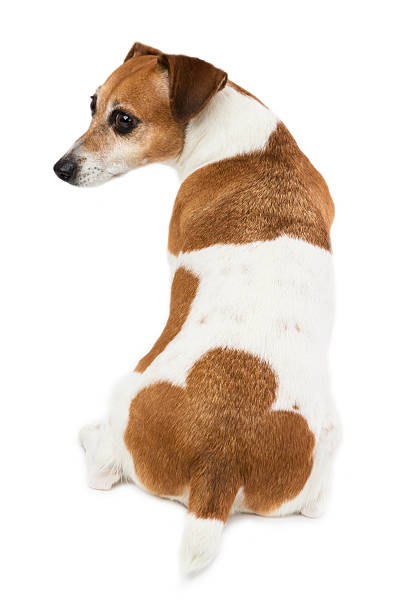
Pros
- Better Comfort for Your Dog: Treating the underlying causes of scooting, such as skin irritations or anal gland problems, helps reduce discomfort and itching, which makes your dog happier and more content.
- Early Health Issues Detection: Understanding and treating the causes of scooting allows for early detection of potential health issues, such as infections or parasites, and early intervention can prevent these issues from getting worse.
- Prevention of Complications: Prompt treatment of scooting helps prevent complications, such as abscesses from anal gland infections or digestive disturbances from untreated parasites. Preventing these complications maintains your dog’s overall health.
- Improved Bond with Your Pet: The relationship you have with your dog is strengthened when you proactively seek to understand and address its medical requirements. It builds trust and affection while demonstrating your dedication to their welfare.
Savings on costs: - Early treatment of minor health conditions can reduce long-term veterinary costs. Treating more severe health issues is typically more expensive than preventative care, which includes routine deworming or dietary modifications.
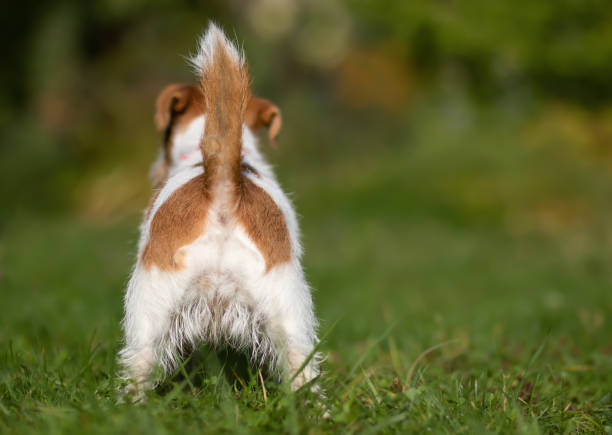
FAQS
How to Treat Dog Scooting?
You may manually express the anal glands or have a veterinarian do it.
Eat more fiber-rich foods (such as canned pumpkin).
Handle Parasites: Apply deworming drugs in accordance with a veterinarian’s prescription.
Make sure your dog’s living space is tidy.
Handle Allergies and Skin Irritations: In the event that dietary allergies are detected, adopt a hypoallergenic diet.
Use medicated or hypoallergenic shampoos while giving your dog a bath.
To lessen irritation, use topical ointments appropriate for pets.
Handle gastrointestinal problems and diarrhea: For a few days, feed them a boring diet of rice and cooked chicken.
To make stools firmer, take fiber supplements.
Keep your dog well-hydrated.
Speak with a Veterinarian: If home remedies don’t work, get a professional diagnosis.
Observe the directions on prescription drugs for inflammation or infections.
Why canines Scoot Their Butts on the Floor?
Dogs mainly scoot their butts on the ground to ease discomfort, irritability, or itching around their anal region. Several things may be the source of this behavior, such as:
Anal Glands: When the anal glands are impacted or full, they can be uncomfortable and cause scooting.
Parasites: Itching around the anus can be caused by intestinal parasites such as tapeworms.
Skin Irritations: Itching and discomfort can be brought on by allergies, infections, or contact with irritants.
Constipation or diarrhea: Both conditions can irritate the anal region on a regular basis.
What Causes Dogs to Drag Their Tails Through the Carpet?
For the same reasons that they scoot on other surfaces, like the floor, dogs also scoot their butts across carpets. The extra friction created by the carpet may help reduce discomfort or itching more successfully. Typical reasons include:
Anal Gland Problems: Dogs that have full or affected anal glands often scoot because they are uncomfortable.
Parasites: Around the anus, parasites can cause excruciating itching.
Skin Irritations: Dogs may attempt to scoot in an attempt to relieve itching brought on by allergies or illnesses.
Digestive Problems: Constipation or diarrhea may irritate the area around the anus.
Which Are the Most Typical Causes of Dog Scooting?
The following are the most typical causes of dog scooting:
Anal Gland Issues: Full or Impacted Glands: Itchy and uncomfortable when the glands are overflowing.
Anal gland infections can cause pain and cause scooting.
Invertebrates: Tapeworms: Itching is caused by segments of tapeworms leaving the anus.
Additional Intestinal Parasites: Anal discomfort can also be caused by roundworms and hookworms.
Allergies and Skin Rashes:
Food Allergies: Skin irritation and allergy responses can be brought on by certain meals.
Environmental Allergies: Skin irritation can be caused by dust, pollen, and other allergens.
Make Contact Dermatitis: Itching may result from coming into contact with irritants such as chemicals or grooming products.
Digestive Disorders:
Diarrhea: Prolonged loose stools can irritate the stomach and induce scooting.
Constipation: Having to force oneself to urinate may cause pain and scooting.
Fistula perianal:
Chronic Illness: This excruciating ailment causes ulcers or draining tracts around the anus, which might cause scooting.
Conclusion
In Conclusion, dog scooting is an obvious sign that there may be a problem with your pet’s health. Appropriate care and prompt management are crucial, regardless of the complexity of the problem—a perianal fistula, for example, or a straightforward case of anal gland expression being required. You can make sure your dog remains content, healthy, and comfortable by being knowledgeable about the many reasons and cures. To ensure your pet has the most precise diagnosis and treatment plan, always seek advice from a veterinarian when in doubt.
To ensure the health and comfort of your pet, it is important to understand the reasons behind dogs scooting their butts on the floor and to identify the underlying problems. There are numerous possible causes for this behavior, ranging from problems with the anal glands to skin irritations and parasites. You may save your dog from developing more serious health issues and give them the relief they require by being watchful and taking quick action when you see these issues. Maintaining proper cleanliness, eating a balanced diet, and seeing the vet on a regular basis are all crucial to managing and preventing the common causes of dog scooting.
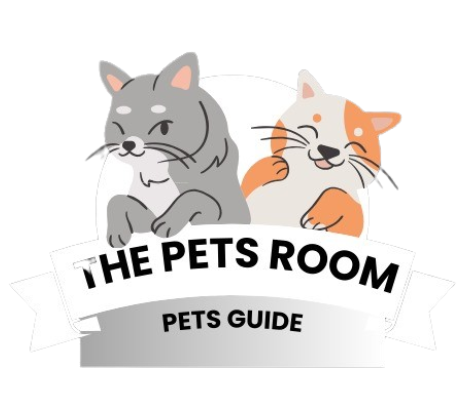
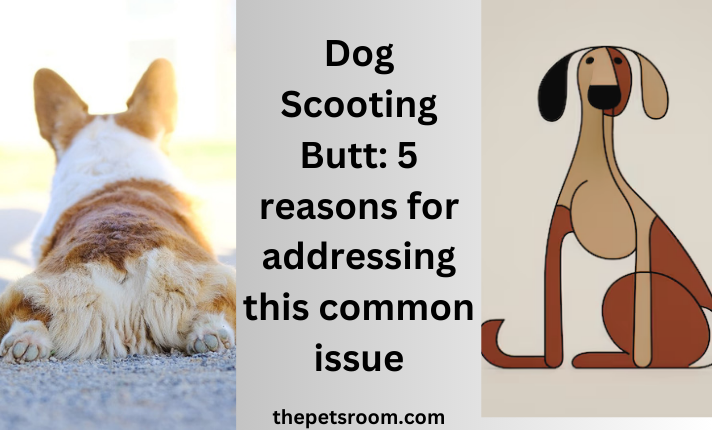
Проектируем уникальные кухни, которые соответствуют вашим желаниям и потребностям https://kuhnyaofabrikaufabrik.ru/.
variant1
Идеальная кухня на заказ для вашего дома https://kuhnyaykuhnyayfabrika.ru/!
Мы – команда профессионалов, специализирующихся на индивидуальном проектировании и изготовлении кухонь. Наши решения обеспечивают идеальное сочетание стиля и функциональности https://kuhnyaekuhnyaafabrika.ru/.
Индивидуальные проекты, учитывающие все ваши пожелания и особенности помещения https://fabrikayfabrikaefabrika.ru/.